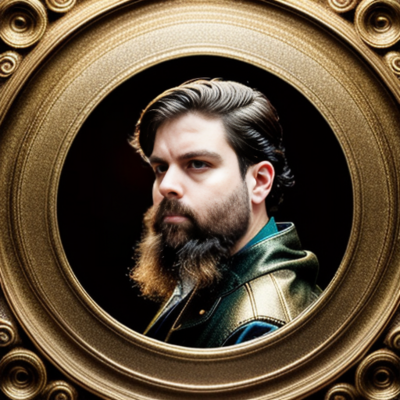Exploring Simily

Winkletter • 24 Mar 2022 •
Earlier this week I signed up to Simily, a similar site to Medium that wants to focus on creative writing. Writers on Medium have discovered it and are starting to repost their articles there since the payout rate is good, 20 dollars per 1,000 unique views.
The site has started including categories for non-fiction, but they’re not part of the seven promoted categories: Contemporary Fiction, Horror, Humor, Poetry, Romance, Sci Fi, and True Stories. Of course, some people are getting around this by posting in the wrong category. 😮💨
The site is currently running on WordPress, but the founders are working to upgrade their site to something custom.
The success of the platform will depend on how easily readers can find stories they want to read. Currently, I spend about as much time searching for a story to read as I do reading what I find. That’s not a good ratio.
The site doesn’t have an erotica category which is probably working in its favor. Apparently Stripe’s terms won’t let them to publish anything too steamy. I’ve visited other story platforms and most of those sites are dominated by romance and erotica so this is probably letting other genres breathe a bit.
I haven’t tried publishing anything there. I’m digging through the site trying to figure out how I would improve discoverability and user engagement.
For one thing, I think it’s a mistake to use cover images like Medium does. I’ve been completely ignoring them. What can they tell me about the story? Books have specific genre conventions they rely upon, but these images aren’t selling any of the stories IMHO. They feel disconnected from the story content.
I would much rather read a blurb. After all, I’m there to read. Even if I read a dozen bad blurbs I would feel like I’ve done some reading.
They could set something up like Canva and force the author to focus in on selling their story through words. Instead of images, use CSS to style the words. The writers could post a first sentence, a pull quote, or a logline and choose a style to match their story’s mood. The site does include an excerpt underneath the image, but it’s just the first 25 words of the story. And, wow, most of those excerpts are low-impact and end mid-sentence.
If I post on the site I might explore using something like Canva to create an image that reads well from the listings. Uploaded images should be at least 1050px by 420px. In the listings they are currently framed in a box with a 640 by 225 aspect ratio that auto adjusts with screen size. If you go thin enough to force everything into one column it displays the entire image.
Right now I don’t think there’s any recommendation engine at work. I feel like the site could use a easy way for readers to interact. One click to bury a story and another button to read.
Comments
@jasonleow There’s a huge demand for safe images. The business model for Getty Images (and other stock photo sites) is to basically crawl the web looking for real and fake rights violations. They make money suing people, but the real purpose is to create fear and uncertainty so people will use stock-image sites. Unsplash became popular because of that fear, so of course, Getty bought Unsplash.
Whoever can use the recent advances in AI to create a platform for generating good royalty-free images is going to become the next Unsplash or Canva.

I recently joined a beta for conjure.art - it’s an AI art generator from the folks who made sudowrite. The artwork is beautiful, dreamy and original. I think that future you alluded to is near.

@jasonleow Interesting. I know it’s coming. There’s a YT channel called Two-Minute Papers that demonstrates some of the image generation tools out there, and the results are usually amazing.This video about latent space and interpretable controls exploded my brain when I first saw it.

@Winkletter oh wow 🤯 (just watched it)

Your post got me thinking: An automated image generator for Medium and similar sites for designing pictures that say more about the story than just a fancy Unsplash image.